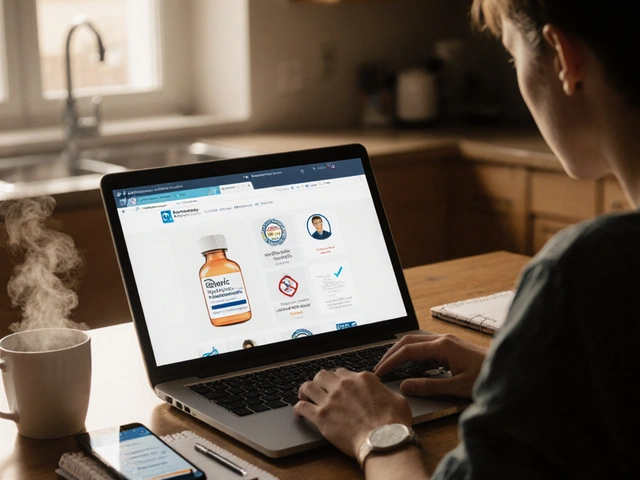Edema Management: Practical Steps to Reduce Swelling
Swelling can be annoying and sometimes serious. Edema happens when fluid builds up in tissues. You can manage a lot of swelling at home, but you should also know when to see a doctor.
First, identify common causes. Heart failure, kidney or liver problems, venous insufficiency, and lymphatic issues can all cause edema. Certain medicines — like calcium channel blockers, NSAIDs, steroids, and some diabetes drugs — can make swelling worse. Pregnancy and sitting or standing for long periods also trigger fluid buildup.
Simple daily habits reduce swelling fast. Cut down on sodium: check labels and cook with less salt. Elevate swollen limbs above heart level for 15–20 minutes several times daily. Move regularly; short walks or ankle pumps improve circulation. Wearing properly fitted compression stockings helps push fluid out of the legs and reduce discomfort.
At-home measures that work
Drink a reasonable amount of water. It sounds odd, but staying hydrated helps your kidneys balance fluids. Limit alcohol and very salty snacks. Keep a healthy weight — extra pounds increase pressure in leg veins. Sleep with your legs slightly raised if feet swell at night. Use cool compresses for local swelling after minor injuries.
Track swelling by measuring or taking photos each morning. Sudden weight gain of more than 2–3 pounds in a day, tight shoes, or trouble breathing are red flags. If swelling comes with chest pain, shortness of breath, fainting, or rapid heartbeat, seek emergency care.
Medical options and when to use them
Diuretics (water pills) are often prescribed when lifestyle changes aren't enough. Furosemide, hydrochlorothiazide, and spironolactone work differently, so doctors choose based on the cause and other health issues. Diuretics lower fluid but can change electrolyte levels. Regular blood tests monitor potassium, sodium, and kidney function when you start or adjust these drugs.
If venous disease causes edema, treatments can include vascular procedures, better-fitting compression, and exercise programs. For lymphedema, manual lymph drainage and specialized bandaging with a physical therapist make a big difference. Addressing the root cause — heart, kidney, or liver disease — is critical. If a medication is the culprit, your doctor may switch drugs.
Keep a simple action plan: reduce salt, stay active, use compression, elevate legs, and weigh yourself daily. Share patterns with your clinician so they can adjust treatment sooner. With basic self-care and timely medical help, most people can control swelling and feel better quickly.
Travel and shoes: on long flights or drives get up every hour, stretch, and do ankle circles. Wear compression when advised. Choose supportive shoes with roomy toe box to avoid extra pressure. If swelling is worse in one leg, don't ignore it — unilateral swelling may suggest a blood clot and needs prompt evaluation.
Working with your doctor: bring a list of medicines, note daily weights, and keep a symptom diary. Tests may include blood work, ultrasound, echocardiogram, or kidney function tests to find the cause. Treatment often combines lifestyle changes, medication, and targeted procedures — knowing the cause makes treatment safer and more effective.
Daily checklist: measure weight, limit salt, move every hour, wear compression if advised, and call your doctor for sudden changes. Small consistent habits make a big difference in swelling control. If in doubt, ask your clinician—early fixes prevent bigger problems. Act now.
 29 April 2025
29 April 2025
Top Alternatives to Lasix for Edema Relief: Real Case Studies and Medication Options
Struggling with edema and can’t use Lasix? This article dives deep into real-life cases, exploring different medications people have tried instead of Lasix, plus practical tips and fascinating facts about managing fluid retention. Whether you’re dealing with heart, kidney, or liver issues, discover which alternatives have worked for others and get guidance on making the best choice for your situation. Packed with clear explanations, practical advice, and a handy resource link, this guide is the go-to for anyone searching for effective ways to handle edema without Lasix.
Latest Posts
-

Enalapril and Depression: Understanding the Connection
-

Exploring Top Alternatives to Zithromax: Effective Antibiotics in 2025
-

Imipramine and Diet: Foods to Eat and Avoid for Better Mental Health
-

Mysimba vs Weight‑Loss Alternatives: Full 2025 Comparison
-

Cheap Generic Tetracycline Online - Safe Ways to Save on Antibiotics

15